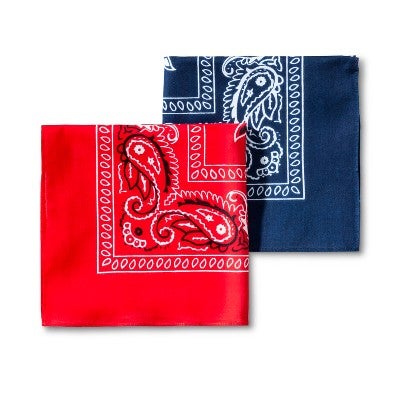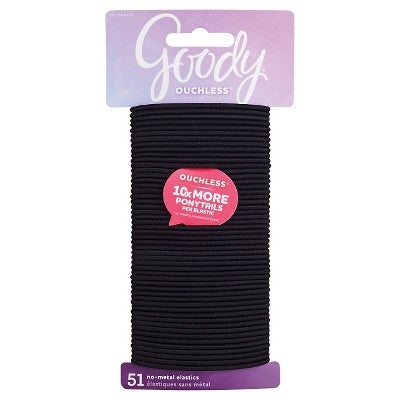Matthew McConaughey Shows Us How To Make A Face Mask From A Bandana & Hair Ties
Photo: Noam Galai/Getty Images.
As the COVID-19 pandemic continues to evolve globally, so do the precautions taken to ensure our safety. The Center For Disease Control (CDC) now recommends wearing cloth face coverings in public settings where social-distancing measures may be difficult to maintain, including grocery stores and pharmacies, "to slow the spread of the virus and help people who may have the virus and do not know it from transmitting it to others." In New York, Governor Andrew Cuomo recently issued an executive order mandating that all people in New York wear a face cover while out in public, and in situations where social distancing can't be maintained.
AdvertisementADVERTISEMENT
The cloth coverings recommended by the CDC are not to be confused with medical PPE (personal protective equipment), like surgical masks or N-95 respirators. As the agency's website states, "Those are critical supplies that must continue to be reserved for healthcare workers and other medical first responders." But while medical masks should be left to the professionals, there are CDC-approved materials you can use to cover your face adequately — and many of them can be found at home.
If you have a sewing machine at home or a knack with a needle and thread, you can DIY a cloth face mask that way. Otherwise, you can try the bandana-and-hair-ties method making the rounds on social media, which is both CDC-recommended and easy to recreate with zero sewing skills.
If you need an accurate and entertaining breakdown on how to craft your own face cover at home, Matthew McConaughey and his quarantine alter ego, Bobby Bandito, broke it down in a hilarious tutorial. You can follow along using the CDC-recommended items, but we recommend skipping placing your face cover down in the dirt... just saying.
As the CDC website indicates, you'll need a bandana or square cloth (like ones you've used for workouts or music festivals), two hair ties or elastic bands, and a coffee filter. Many tutorials showcasing the method leave out the filter step, which dermatologist Joshua Zeichner, MD, says can and should be used as an extra layer of protection. "You can layer more than one filter to get better protection," he says.
AdvertisementADVERTISEMENT
Dermatologist Hadley King, MD, tells Refinery29 that, while home fabrics aren't as effective as medical equipment, they're certainly better than nothing. "They do help protect others from your germs, and they decrease the particles that will reach your nose and mouth," Dr. King says.
For your DIY masks, Dr. Hadley recommends opting for cotton fabrics. "Cotton is a breathable fabric and will be relatively kind to your skin," she says. Dr. Zeichner adds that, the tighter the knit of the fabric, the more protection for your face. "Hold the fabric up to a lightbulb," he says. "If it blocks the light, it will likely be a more effective material to use for a mask." On the other hand, if light easily passes through the fabric, then the weave may be too loose to give adequate protection.
With the usage of face coverings likely to increase, Dr. Hadley says to be sure to keep a good moisturizer on hand to protect your skin, even if you use a soft cotton fabric. "It's still possible to get skin irritation, particularly under any tight or rubbing areas," she says. "The entire mask-covered area can also get irritated from the increased humidity, so I would recommend a good moisturizer and limiting other potentially irritating ingredients, like makeup, on the covered area."
COVID-19 has been declared a global pandemic. Go to the CDC website for the latest information on symptoms, prevention, and other resources.
At Refinery29, we’re here to help you navigate this overwhelming world of stuff. All of our market picks are independently selected and curated by the editorial team. If you buy something we link to on our site, Refinery29 may earn commission.
AdvertisementADVERTISEMENT









